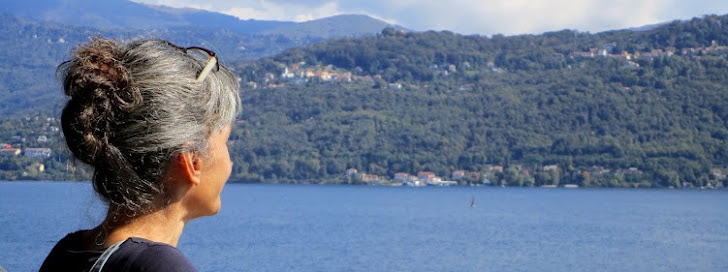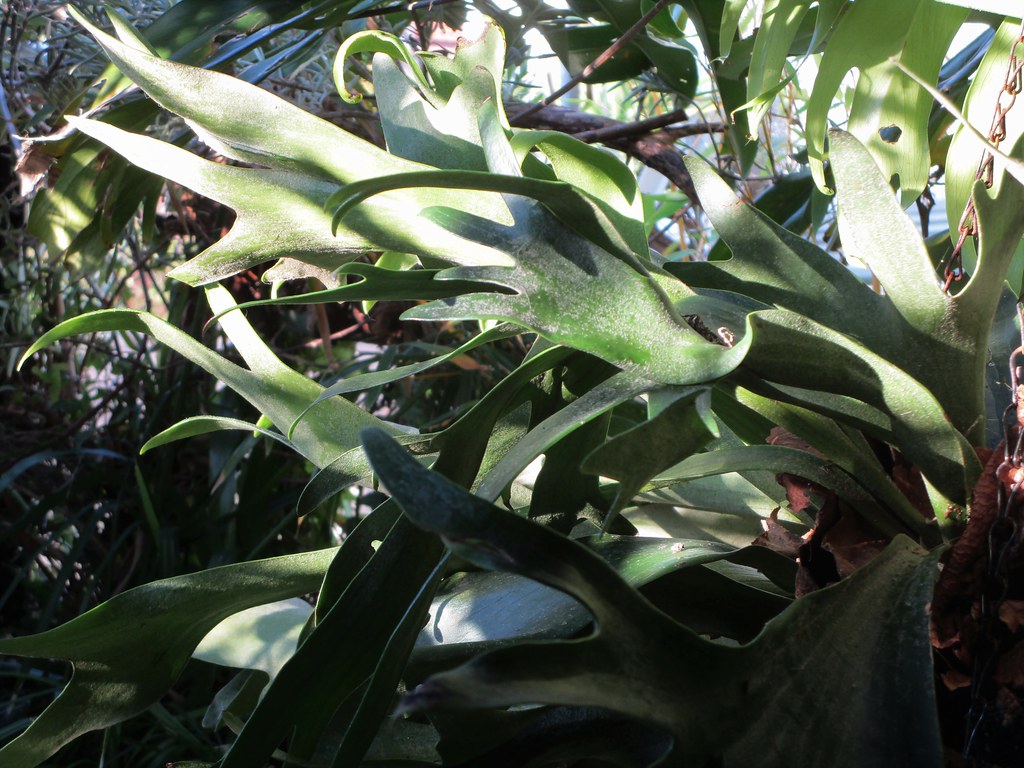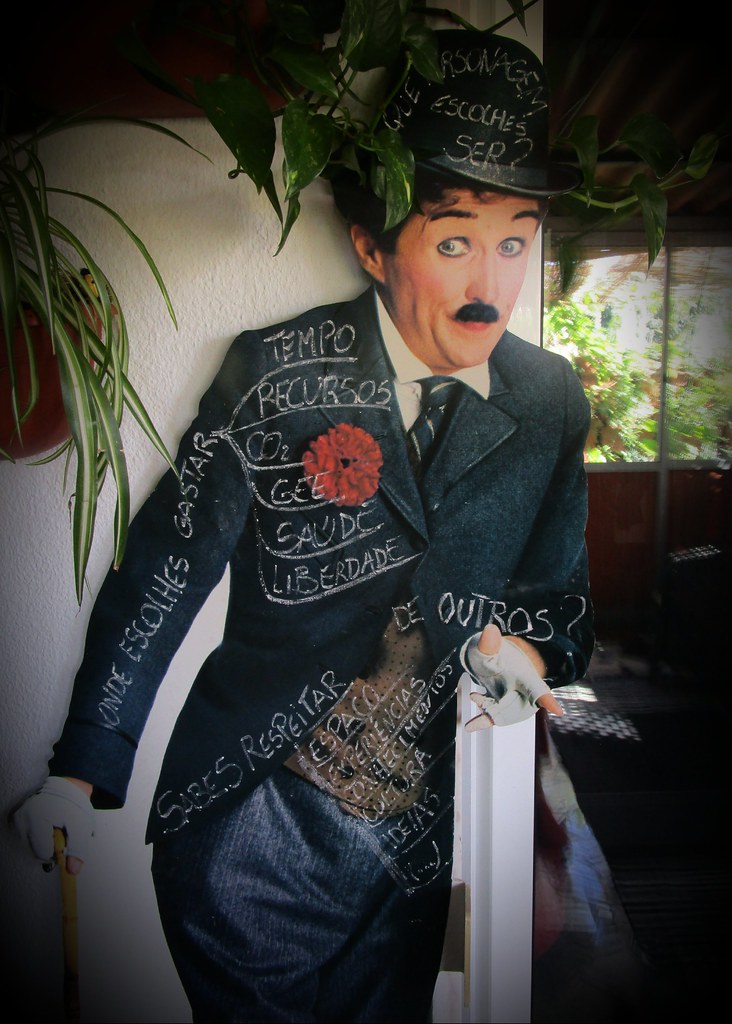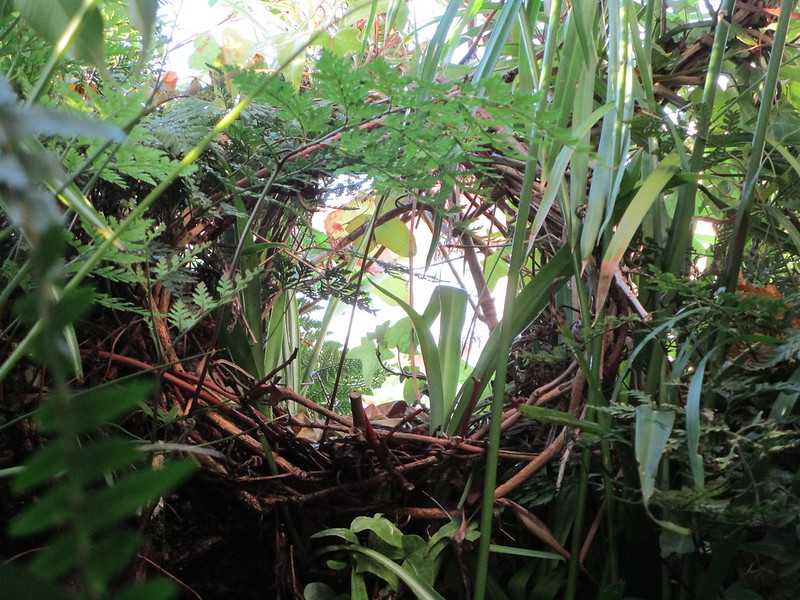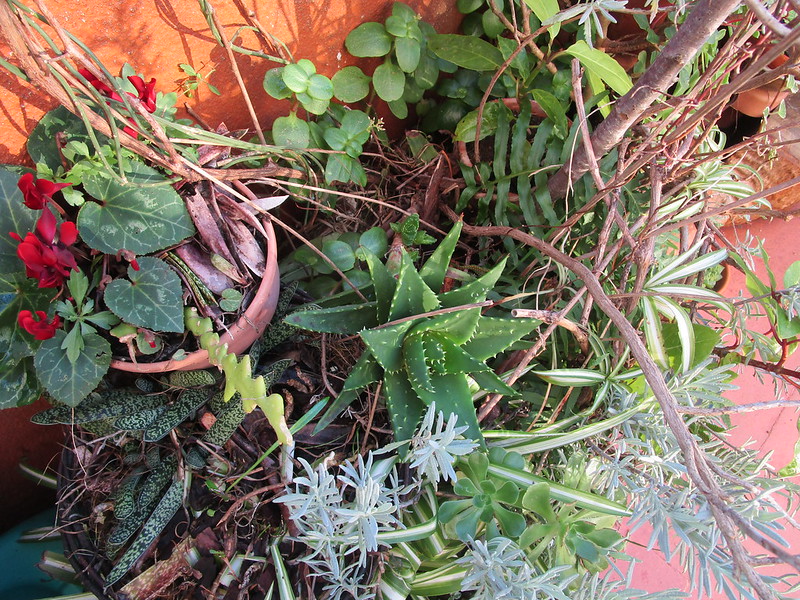
"(...) humans who build their success solely on the oppression of others may one day find their own feathered nests collapsing. We live in a world of natural consequences. And those consequences protect the essential vitality of the whole." Gary Ferguson, 2019. Eight Master Lessons of Nature. Image by Monica Pinheiro, license CC BY-NC-SA (CC).
